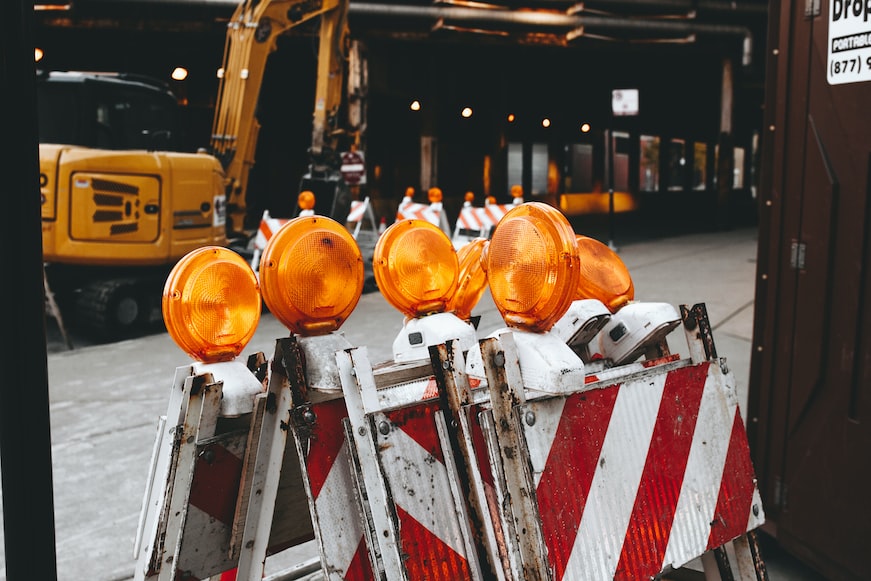The Importance of Safety Protocols: A Guide to Policies and Procedures
Accidents and injuries can happen anywhere, at any time. This is why safety protocols are essential in preventing them. Safety protocols are policies and procedures designed to identify potential hazards, minimize risk, and keep individuals safe. In this article, we'll discuss the importance of safety protocols and provide a guide to developing, implementing, and maintaining them.

Photo: Matthew Hamilton/Unsplash
Safety protocols are a set of policies and procedures designed to prevent accidents and minimize risk. They are essential in industries such as construction, manufacturing, and healthcare, where workers are at higher risk of accidents and injuries. Safety protocols may include using personal protective equipment, implementing emergency response plans, or establishing workplace rules and guidelines.
Developing safety protocols involves identifying potential hazards and risks and creating policies and procedures to prevent them. This process requires collaboration between management, employees, and safety professionals. Risk assessments and audits may be conducted to identify potential hazards and evaluate the effectiveness of current protocols.
Tip:
Have a plan in place for dealing with emergencies and make sure all employees are trained on the plan and their respective roles.
Implementing safety protocols prevents accidents and injuries, ensuring the well-being of workers and others. It also helps to reduce workers' compensation claims, medical expenses, and lost productivity due to injuries. Failure to implement safety protocols can lead to accidents, injuries, and legal liabilities, which can significantly impact a company's reputation and financial status.
Training and education are essential in ensuring that safety protocols are understood and followed. Training should be conducted for all employees, and it should cover the proper use of equipment and tools, the handling of hazardous materials, and emergency response procedures. Ongoing education is also critical to ensure that employees stay up to date with changes in safety protocols and policies.
Tip:
Create a safety culture by promoting the importance of safety and providing incentives for employees who follow safety protocols.
Maintenance is critical to ensure that safety protocols remain effective. Regular reviews and updates of policies and procedures should be conducted to ensure that they are up to date and relevant. Corrective measures should be implemented when necessary to ensure that safety protocols are followed consistently.
Effective communication is essential to ensure that safety protocols are understood and followed. Communication channels and methods should be established to ensure that employees are informed about safety protocols and updates.
Safety protocols are essential to prevent accidents and minimize risk. Developing, implementing, and maintaining safety protocols requires collaboration between management, employees, and safety professionals. Training and education are critical to ensuring that safety protocols are understood and followed. Effective communication is essential to ensure that safety protocols are implemented consistently. By prioritizing safety protocols, organizations can create a safe and healthy workplace that benefits everyone.